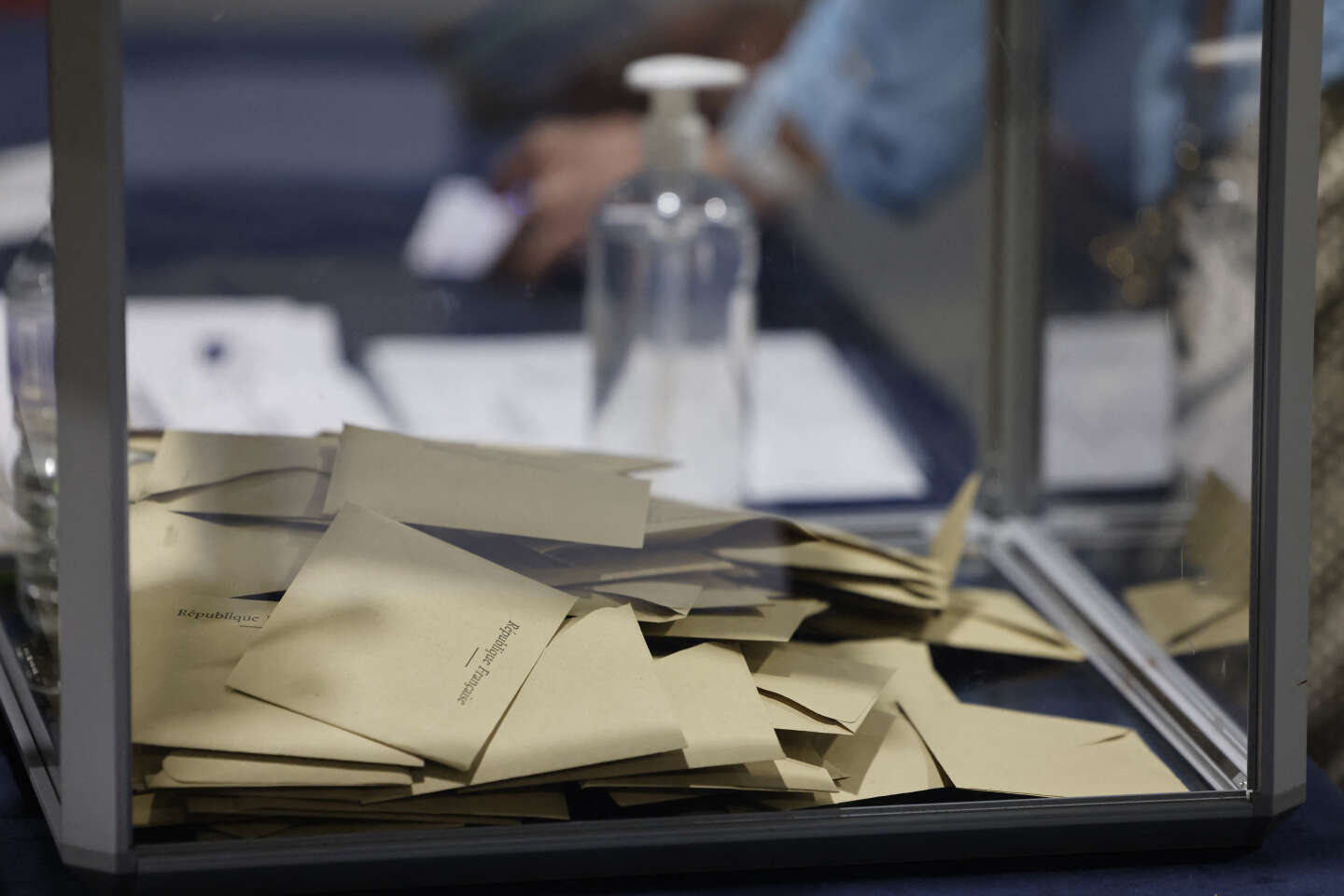


Just over half (51.4%) of all registered voters turned out to participate in the election of French members of the European Parliament on June 9. While turnout was up a point and a half compared to 2019, the consistently high level of abstention in this traditionally uninspiring ballot for the French is striking. As a result, no list massively appealed to citizens. The president's list led by Valérie Hayer gathered just 7.3% of registered voters; Raphaël Glucksmann's Socialist-backed list received 6.9%; and even the Rassemblement National's (RN, far right), the big winner of the race, garnered just 15.7% of registered voters.
The socio-demographic factors of voter turnout played a key role. On June 9, the elderly, most educated and most affluent voted more than the youngest, most vulnerable and least educated. According to the polls, there was a turnout differential of around 30 points between 18-34 year-olds, who voted the least, and 60-75 year-olds, who voted the most. Surveys also show that middle managers and executives had the highest voter turnout compared to both blue-collar and white-collar workers.
Income level also proved to be a highly predictive factor of voter turnout on Sunday. In this case too, the gap between the lowest incomes – those who earn less than or equal to €1,000 monthly – and the highest incomes – over €5,000 – is around 30 points. From one election to the next, the social logic of abstention is impressively consistent, making nothing more easily predictable than the sociology of abstention and, consequently – since it is in a way its inverted image – of turnout.
On June 9, at 8 pm, as in every election, it was young, working-class people who live on the outskirts of major metropolitan areas who voted the least. For example in Roubaix (outside of Lille) and Vaulx-en-Velin (outside of Lyon), voter turnout was 10 points less than the national average. Within these areas, polling stations in large public housing complexes recorded an even higher abstention rate. In the Cité des Cosmonautes (outside of Paris), which we have been studying since 2002, only a quarter of voters turned out at the polling station.
Structural abstention
Meanwhile, polling stations in city centers or rich suburbs like Versailles, Arcachon (southwest) and central Paris, which are generally both older and more affluent, recorded turnout rates 10 points higher than average. Older, well-registered rural residents, who are more geographically stable, also demonstrated their greater willingness to vote.
You have 57.28% of this article left to read. The rest is for subscribers only.
